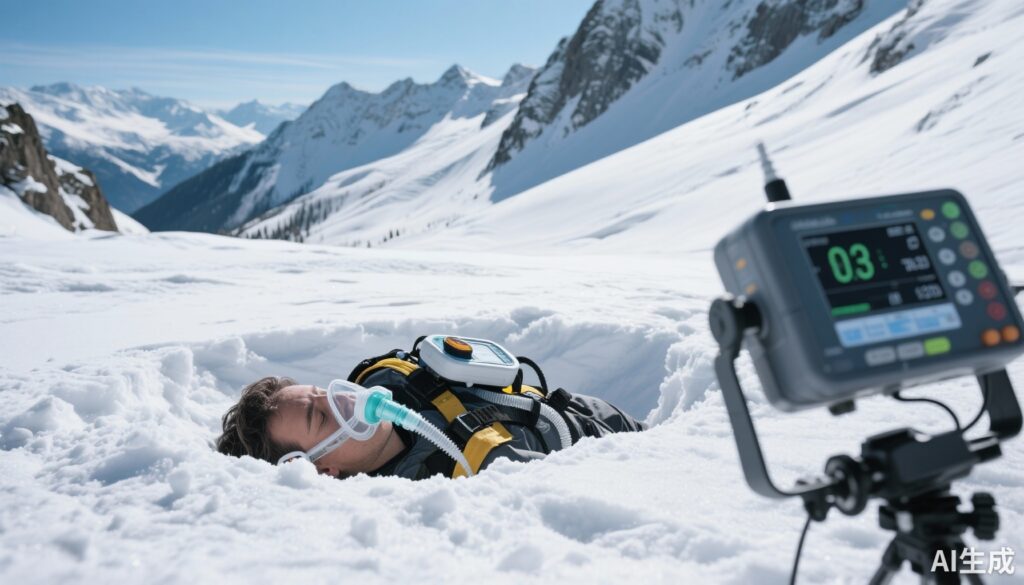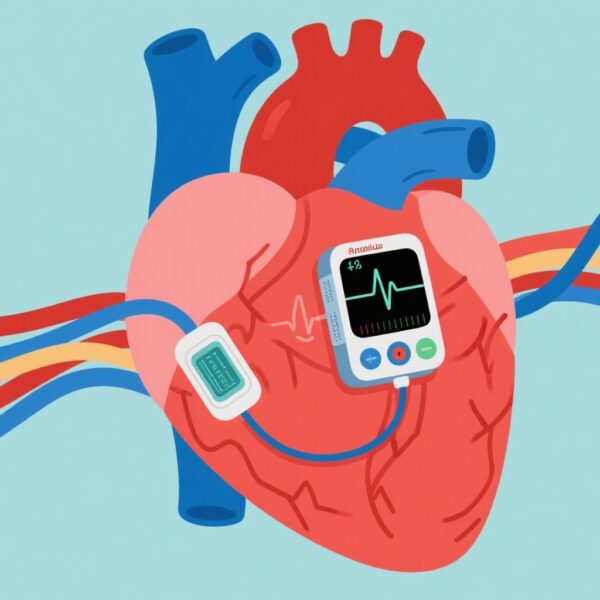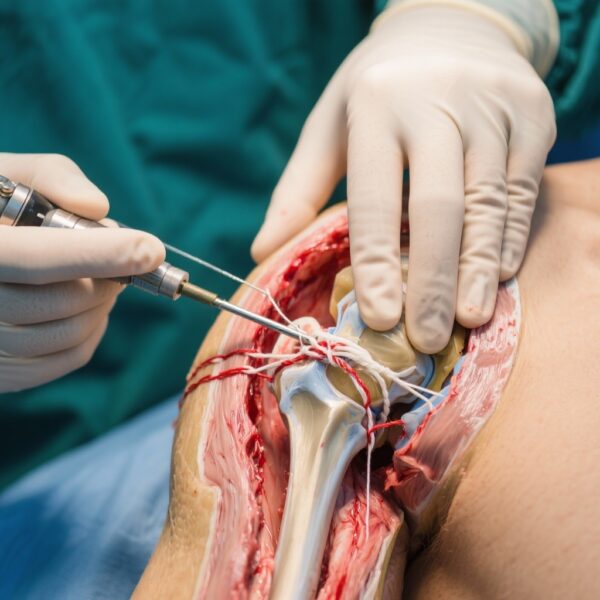Highlight
- A novel user-carried avalanche safety device delivering ambient airflow through snow debris significantly prolonged oxygen saturation above critical levels during simulated burial.
- Participants using the device maintained safe oxygen saturation (SpO2 >80%) throughout 35-minute snow burial versus rapid hypoxemia in controls.
- The device reduced carbon dioxide accumulation near the airway (1.3% vs. 6.1%) and preserved oxygen concentration (19.8% vs. 12.4%), indicating improved respiratory gas exchange.
Study Background
Avalanche burial is a life-threatening emergency where rapid asphyxiation due to airway obstruction and hypoxia often leads to death within approximately 35 minutes. Efforts to improve survival historically focus on rapid extrication and supplemental oxygen; however, timely rescue can be impossible under certain conditions. Thus, innovative strategies that can physiologically delay onset of hypoxia and hypercapnia during burial are urgently needed to improve outcomes in avalanche victims. This trial evaluates a novel respiratory gas delivery device that requires no supplemental oxygen or mouthpiece but aims to maintain airway oxygenation by delivering airflow from the snow surrounding the entrapped victim.
Study Design
This randomized, blinded clinical trial was conducted collaboratively by four institutions at a field site in Italy between January and March 2023. Healthy volunteers aged 18 to 60 years simulatively buried under at least 50 cm of snow in a prone position participated. The intervention group used the Safeback SBX device, designed to channel air from the surrounding snow debris to the user’s airway without external oxygen or mouthpiece. Controls used a sham device. Continuous monitoring of vital parameters, including oxygen saturation by pulse oximetry and respiratory gases in the air pocket, ensured participant safety and facilitated data collection. Participants who remained buried beyond 35 minutes in the intervention group were transitioned to sham device monitoring in an unblinded control phase. The primary endpoint was time to an oxygen saturation level below 80% during the 35-minute monitoring period.
Key Findings
A total of 36 participants were randomized; 24 completed the trial and were included in the analysis (median age 27 years; 54% male). In the intervention group, all subjects maintained oxygen saturations above the critical 80% threshold throughout the full 35-minute simulated burial, demonstrating no hypoxic events. In contrast, control participants experienced a median burial duration of 6.4 minutes before oxygen saturation dropped below 80%, with 7 hypoxemia events recorded.
Statistical analyses (log-rank and Breslow tests) confirmed a significantly lower risk of hypoxemia in the Safeback SBX group (P < .001). Quantitative gas measurements in the air pocket around the face revealed substantially reduced carbon dioxide concentrations (1.3% vs. 6.1%) and preserved oxygen levels (19.8% vs. 12.4%) with the safety device compared to controls.
The safety device’s physiological effect likely results from maintaining a more favorable respiratory gas environment, thereby delaying the onset of critical hypoxia and hypercapnia—a major cause of death during avalanche burial.
No device-related adverse events were reported, and continuous monitoring allowed prompt intervention if necessary, confirming device safety in this controlled simulation.
Expert Commentary
This trial represents a meaningful advancement in avalanche safety technology by addressing a critical unmet need: delaying asphyxiation when extrication by rescuers is unavoidably delayed. The Safeback SBX leverages a unique mechanism to facilitate passive airflow from snow surrounding the victim to their airway, mitigating typical rapid hypoxia and hypercapnia.
While the simulated setting involved healthy volunteers, and real-life avalanche victims may have additional complicating factors, these physiological findings provide strong proof-of-concept for broader clinical application. Future studies should investigate device effectiveness in actual avalanche incidents and explore integration with existing rescue protocols.
Limitations include the relatively small sample size and the simulated burial conditions which may not fully replicate the complexity of real avalanche burials, including trauma or cold exposure. The safety device’s efficacy in diverse snow types and densities also warrants further research.
Conclusion
The Safeback SBX device significantly extended the interval before critical hypoxemia onset in a simulated avalanche burial scenario by maintaining favorable oxygen and carbon dioxide levels around the user’s airway. This respiratory gas delivery technology has the potential to improve survival chances during prolonged avalanche burial, addressing a vital gap where timely rescue is unachievable. Implementation alongside standard avalanche safety measures could substantially reduce mortality related to asphyxiation. Further clinical studies are needed to validate efficacy in field use and to optimize deployment strategies.
References
- Eisendle F, Roveri G, Rauch S, et al. Respiratory Gas Shifts to Delay Asphyxiation in Critical Avalanche Burial: A Randomized Clinical Trial. JAMA. 2025 Oct 8:e2516837. doi:10.1001/jama.2025.16837.
- Brugger H, et al. Survival Chances and Rescue Strategies in Avalanche Accidents. Respiration. 2020;99(6):557-565.
- Auf der Maur G, et al. Treatment of Avalanches Victims: Current Recommendations. Swiss Med Wkly. 2018;148:w14679.


